Flavourings, spices and seasonings
Flavorings are substances of any origin (organic and inorganic) which influence mainly the taste of food. The substances of this kind add strongly expressed flavor to the food or make it completely savorless (by means of soda, for example). When flavorings are added to food, their quantity is counted in grams. Some flavorings show antiseptic and curative properties.
Spices are any parts of plants having expressed aroma and taste and also bactericidal and curative properties. As a rule, the quantity of spices added to food is counted in gram decimas or even centigrams. Fresh spice though are added usually in grams and even in tens of grams (fresh fennel, ginger, sweet flag, etc.).
Seasonings are flavoring agents demanding culinary preparation ( unlike mixes of flavorings and spices). Sometimes they are served separately from the main course (table horse-radish, adjika, ketchup, mayonnaise, lecso, etc.). Usually, about 90-95% of gross weight of seasonings consist of basis – various combinations of vegetable and/or animal products (usually , not more than 3 components), where some flavorings and spices can be present. The rest 5-10% are microdoses of numerous flavorings and spices (up to twenty components for one seasoning).
Showing all 28 results
-
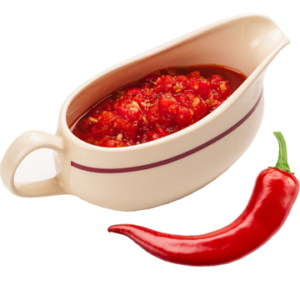
Adjika
Read more -
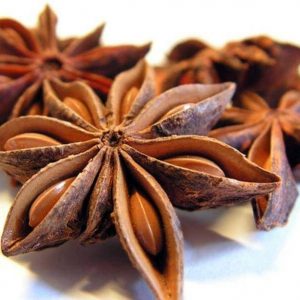
Anise tree
Read more -
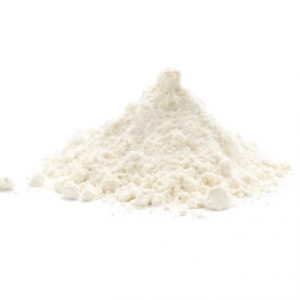
Baking powder
Read more -
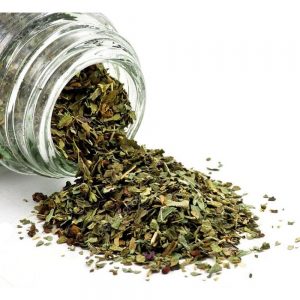
Basil
Read more -
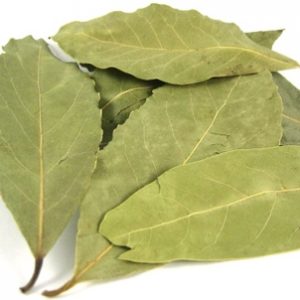
Bay leaves
Read more -
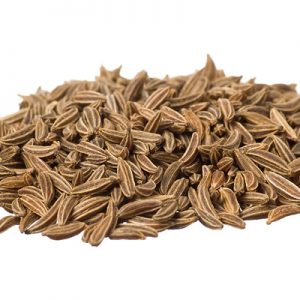
Black caraway
Read more -
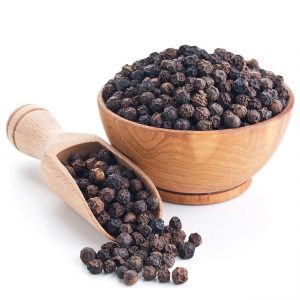
Black peppercorns
Read more -

Black sesame
Read more -

Carnation
Read more -
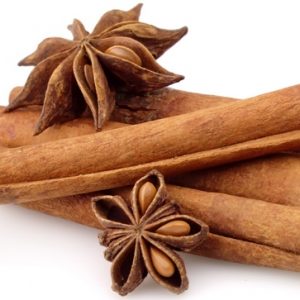
Cinnamon
Read more -
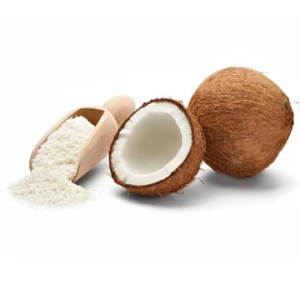
Coconut flakes
Read more -
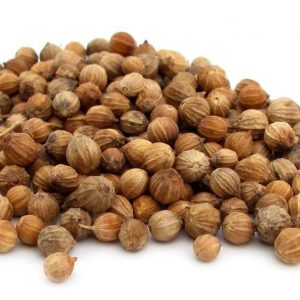
Coriander ( cilantro ) seeds, whole
Read more -

Cumin seed
Read more -
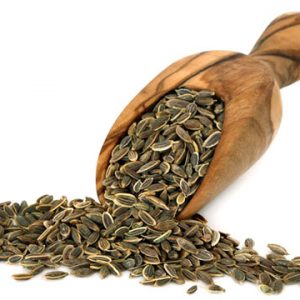
Dill seeds
Read more -

Food acids
Read more -

Gelatin
Read more -
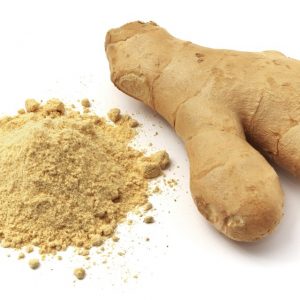
Ginger
Read more -

Ground black pepper
Read more -
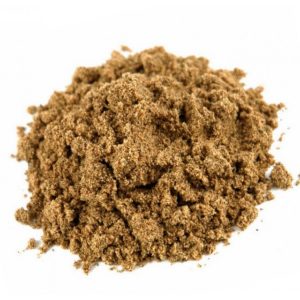
Ground cardamom
Read more -

Ground chili pepper
Read more -
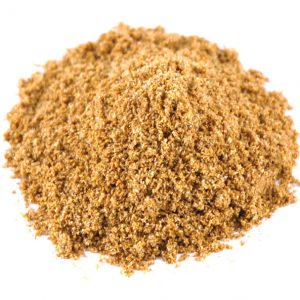
Ground coriander ( cilantro ) seeds
Read more -
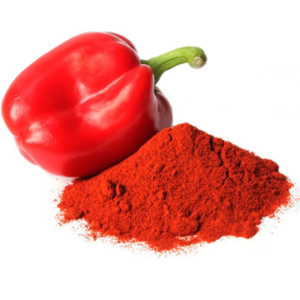
Ground sweet pepper ( paprika )
Read more -
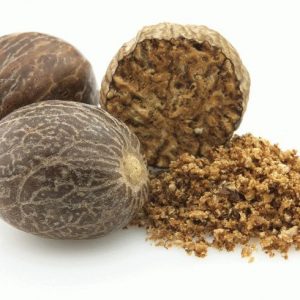
Nutmeg
Read more -
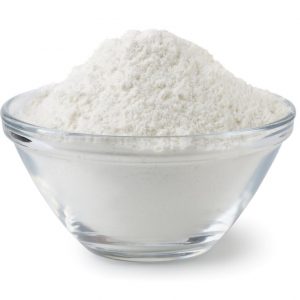
Potato food starch
Read more -
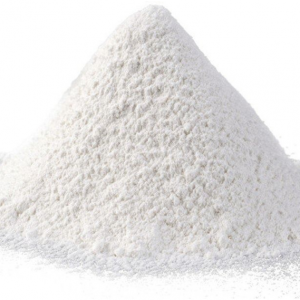
Powdered sugar
Read more -
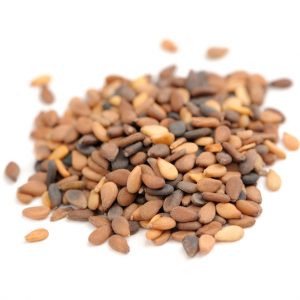
Sesame
Read more -
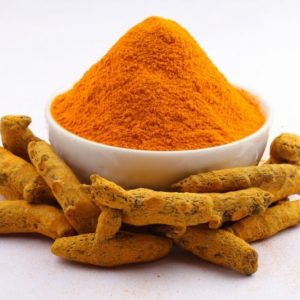
Turmeric
Read more -
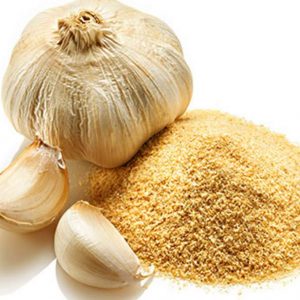
Dried garlic
Read more




























